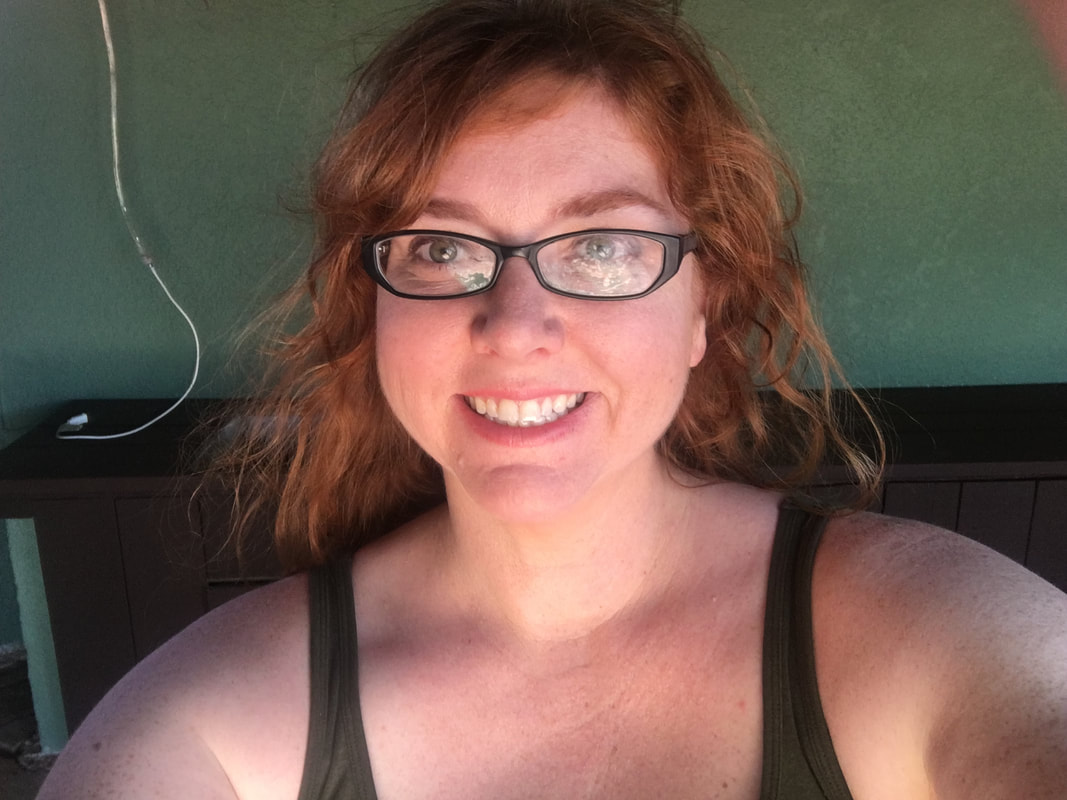|
My first assignment for my Stanford Technology Entrepreneurship class was to write about a local successful startup. I was excited to find out that techstars, the highly successful startup accelerator company, was founded right here in Boulder in 2006. The following is what I wrote for the class:
Techstars is a highly selective mentorship-driven startup accelerator. It touts itself as the “#1 startup accelerator in the world”, and that might just be an accurate assessment. They accept only 1% of their applicants, so having your startup accepted to techstars is an impressive accomplishment in itself. Selected applicants participate in a three month long boot-camp type program where they are guided by mentors, given $100,000 in initial seed money, and connected with angel investors and venture capitalists for additional funding. Techstars is a great example of a highly successful startup company. It held its first program in 2007 with 10 companies, 8 of which were funded. To date the company has funded 204 active startups, 24 that were acquired and 28 that have failed. The company was featured in a reality tv series on Bloomberg TV in 2011, and is now in 7 locations, including it’s first overseas program in London. They help about 100 companies a year and have over $70 million under management. This is a phenomenal amount of success for a company that only started seven years ago. This success is no surprise when looking at the company’s founder and CEO, David Cohen. Cohen knew what it took to run a successful startup - he had already founded and run two successful companies prior to the launch of techstars, as well as a “graceful failure” in between. This experience was helpful in a myriad of ways. First and foremost, Cohen understood what other people building startups really needed, and what was missing from the current market. This understanding of need was the foundation of the business idea. Because it came from personal experience, not just market research or a desire to make big bucks, Cohen was able to tap into an unmet need in the market, and develop the business concept based on meeting that need. Second, Cohen developed a program that he really cared about. He was passionate about helping start ups to succeed. This passion to help others was a win-win proposition for everyone. The better the start ups did, the better techstars did. Third, Cohen knew from experience that he couldn’t build a successful company alone. He used his contacts to form a dynamite team with Brad Feld, Jared Polis and David Brown. All were experienced entrepreneurs and investors who understood the needs of both start ups and investors. Fourth, Cohen and his team used their great wealth of experience to avoid some of the pitfalls that inexperienced entrepreneurs might have gone through. Their first program was a huge success right out of the bat. This is rare on many levels when you look at the statistics of typical startups. They understood what a start up needed to be successful and they created a successful model both for their own company and for the companies that went through the program. They couldn’t have done this without their combined years of experience. Lastly, they used their connections to build a network of investors, mentors and clients. This was key to their success on every level. For their model to work they needed to attract top talent, which they could not have done if they weren’t already connected. Then they needed to provide not only an excellent program but mentors and investors. Without their contacts going in, techstars would never have been able to get off the ground. Based on this case study, an entrepreneur looking to found a successful startup should start with something they understand well and are passionate about. They should then build a team that also understands and is passionate about the startup. The team should use their combined knowledge to create a business model, or if the team is less experienced, they should bring in mentors. Finally, the entrepreneur should tap into the networks of everyone on the team. No matter what your business model is, without people, there is no business. Not every start up will be able to have the degree of success that techstars has had. By learning about the factors that led to techstars success, one can gain an insight that may be helpful when applying to other business models.
1 Comment
 Today we gave our presentation for Sir Richard's Condoms at BDW. We had a week to figure out how to get people in Haiti to use condoms. That’s not a big task or anything, right? It was a really great week. My team was very collaborative and well balanced in terms of our various strengths. We spent a lot of time doing research and asking questions to get a better picture of what life is like in Haiti. This really paid off, and we were able to come up with what I think is a really strong campaign based on our insights from our research. The presentation itself wasn’t crazy or flashy, we had spent most of our time gaining better understanding of the real problem, figuring out where people’s interactions really lie, and developing a campaign that would meet them where they were. It will be interesting to see what happens from here. I would love it if some of our ideas made it to the world. I really believe that there were some great ideas there. Now I’m working on my online Technology Entrepreneurship class from Stanford. I’m really excited about the content, but have to admit that the instructor and the online format are a little bit of a challenge for me. It’s so easy to hit pause and come back to it later. I’m going to try to keep with it though. Even though we’ll be covering many of these concepts at BDW, I think it will be helpful to get the additional perspective from the Stanford class. My husband thinks I’m crazy. He may be right. We’ll see if I can manage to juggle this online course in addition to my full time grad school program. My first assignment is to come up with an example of a successful startup and list the reasons that the startup is successful. I love this. I’ve never done that before, and I think it will be very illuminating. Here’s to education, in whatever form it takes! |
Archives
April 2022
AuthorSince becoming a mom to a little boy with Trisomy 21 I have written a lot about Down syndrome and disabilities. I am a storyteller, wife and mom to a teen and a toddler. Life is busy! Categories
All
|

 RSS Feed
RSS Feed